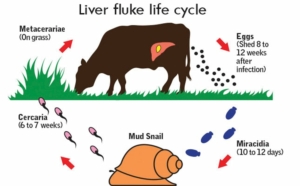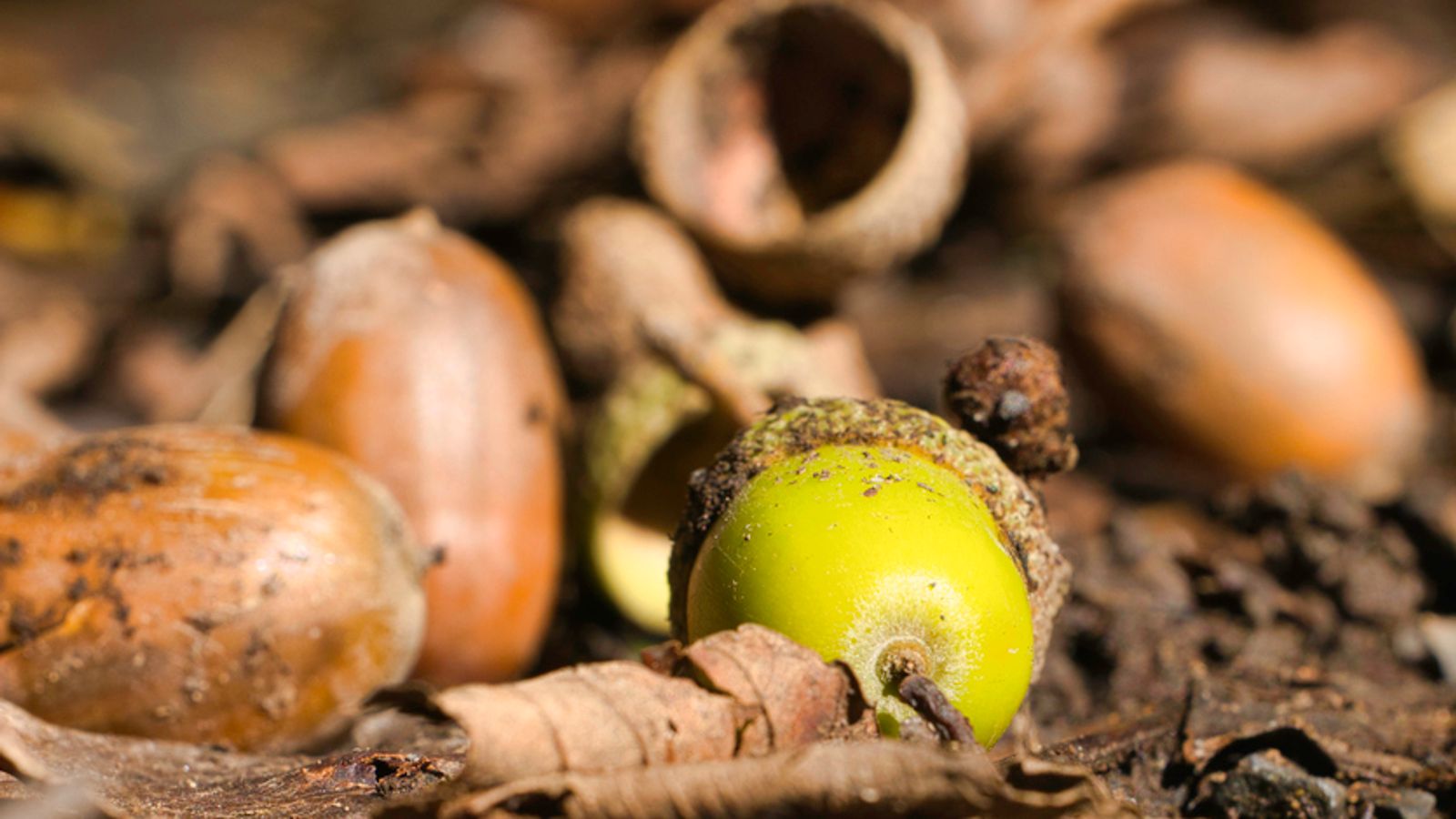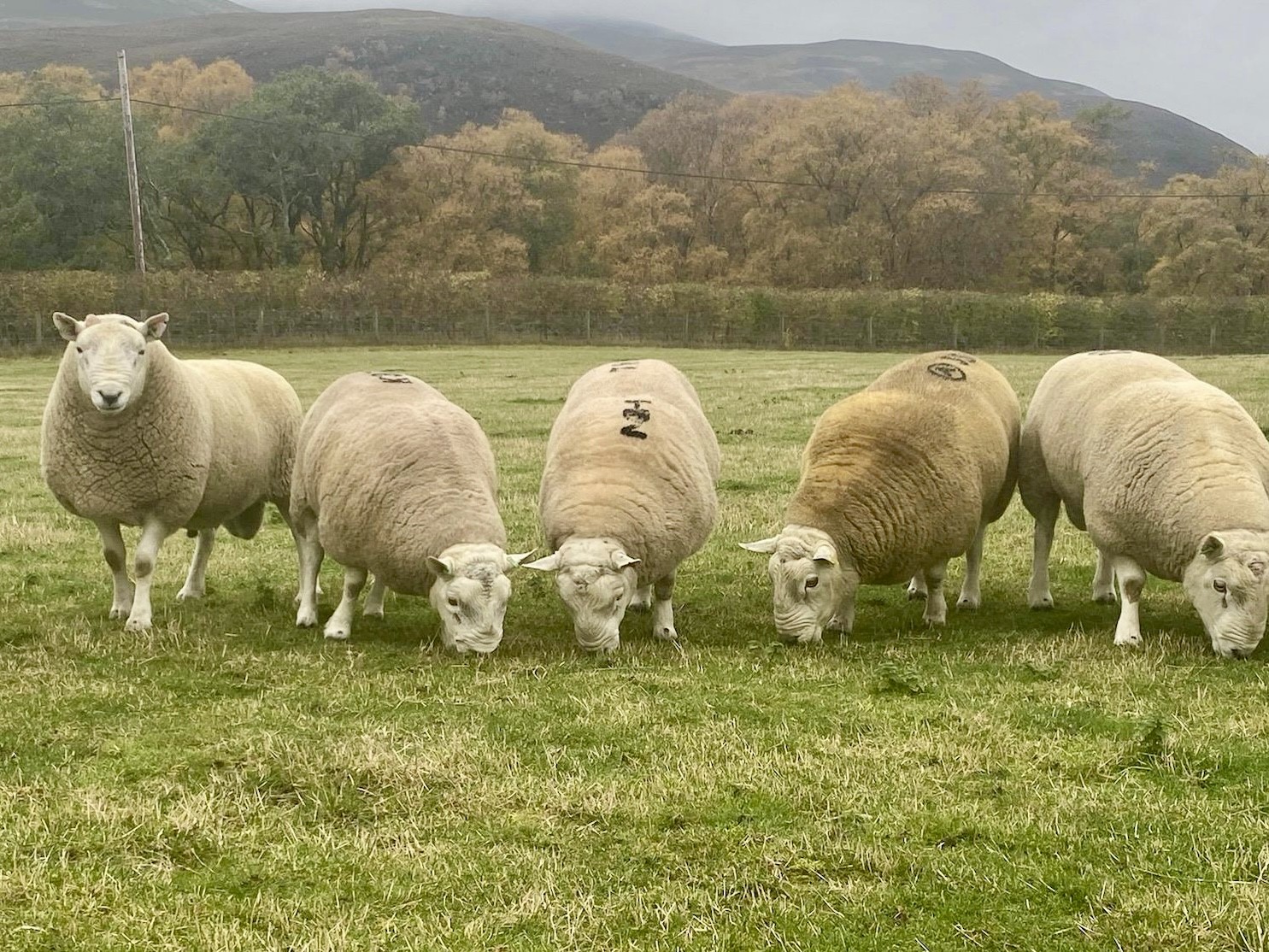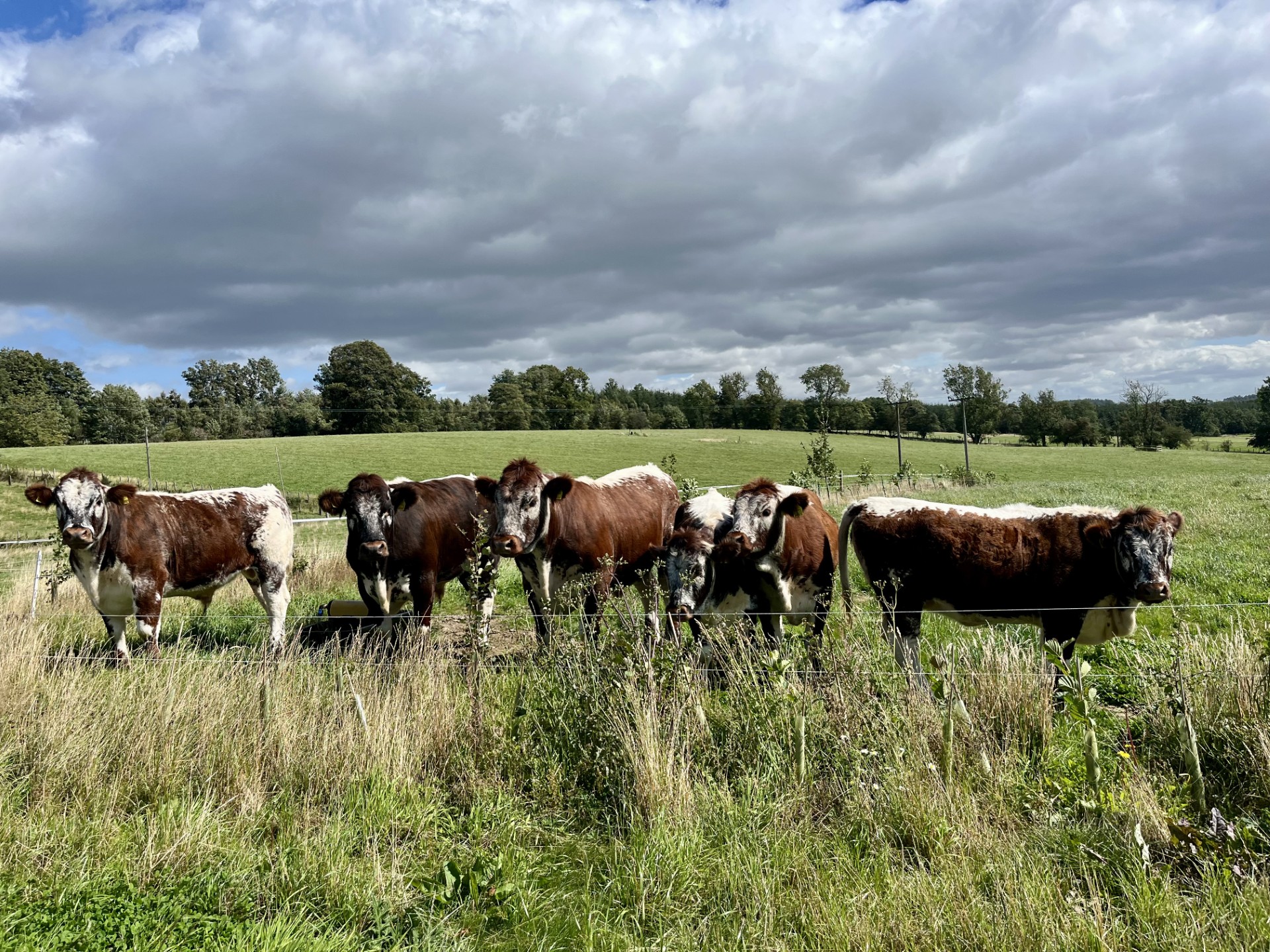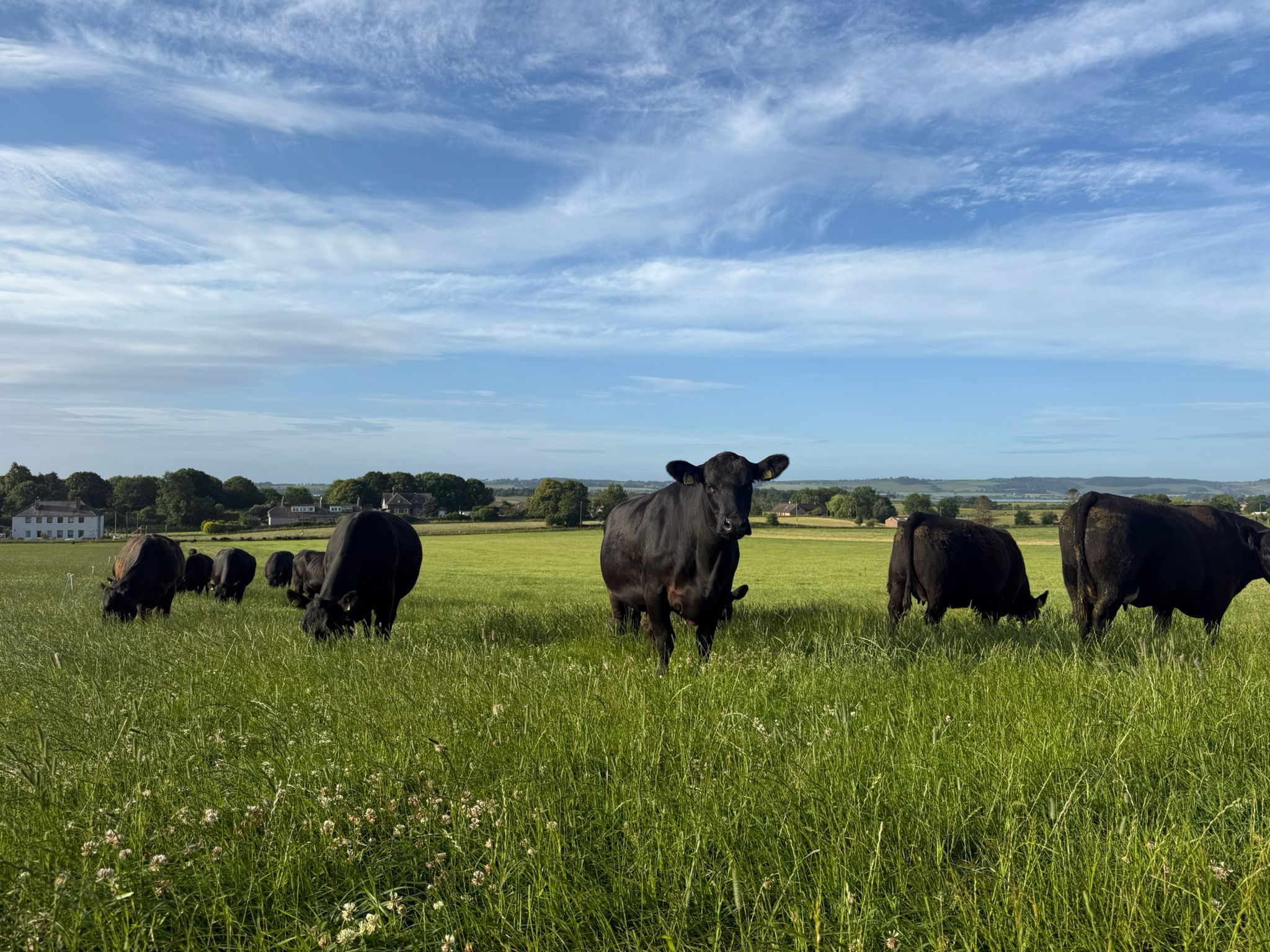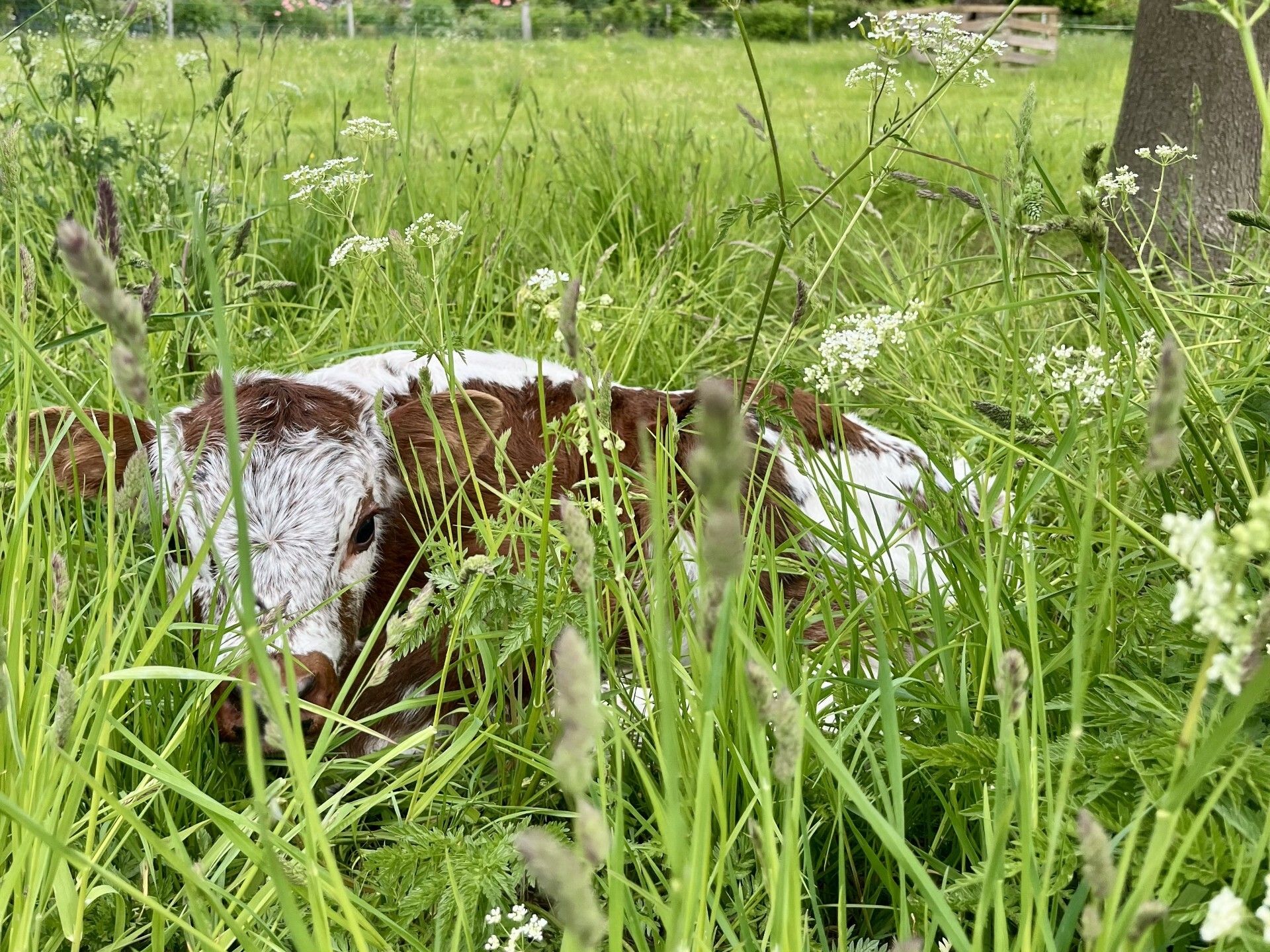Farm Newsletter November 2025
November has started very mild and damp and we’re finding it highly unorthodox sweating through our PD and blood sampling sessions rather than fighting the frost in our toes! These routine jobs are getting well underway and early scanning results are coming out broadly favourable with cows and bulls having had an easy summer.
The mild and damp conditions are less than favourable when it comes to pneumonia, and predictably we’ve been treating a few cases and outbreaks. These mostly have a “story” behind them, but not all. Those that have, or can, tweak their systems to delay housing in conditions like this will undoubtedly see the benefits. There are a number of bugs that conspire to cause pneumonia in cattle and we see emerging ones like mycoplasma and coronavirus starting to become more prominent. Early investigation and treatment is critical to mitigating the effects in this year and subsequent ones, should problems arise.
Cattle are not the only animals susceptible to pneumonia at this time of year, and as usual we have post mortemed a number of lambs with pneumonia/septicemia signs. These lambs have typically had two doses of a “P+” vaccine in the summer, but as a reminder, the pneumonia part of this protection only lasts 12 weeks or so, so any lambs undergoing a change in management such as housing or moving onto forage crops, or suffering a worm challenge, will be susceptible. A winter booster is now employed by many to prevent such losses.
Liver Fluke Risk Update
The forecast risk for liver fluke in our area in general remains LOW, meaning that treatment may not be required or may be delayed. However, every farm (and indeed, every field) will carry a slightly different risk.
The only real way of knowing for sure is to test young stock with a blood test or the new pen-side lateral flow test as described in last months newsletter. Please speak to us to discuss the practicalities of this testing.
For those that have treated “as routine” please be aware that such treatment may have been early when compared to the risk and if wet and mild conditions persist through the autumn the risk may yet spike again, meaning follow up treatment may be required. The best way to assess this will be dung tests from January onwards.
New Johne’s Risk Level
For those carrying out whole herd Johne’s testing to health scheme standards, and indeed those looking to purchase replacement bulls or heifers, there is a new risk level available to give greater confidence of freedom from disease. This has been called Level 1 *.
Previously risk levels ran from 1 to 5 where 1 was the lowest risk and 5 was the highest risk. To be level 1, a farm would need 3 consecutively clear herd tests – animals positive on blood but negative on dung would be considered negative.
The new Level 1 * means that no animal has tested positive on blood for 3 consecutive years, giving greater confidence that the herd of origin has the lowest risk of Johne’s possible.
This time of year sees us very busy Johne’s testing, both in herds selling breeding animals but most commercial herds also, who recognise the value of keeping on top of this insidious disease. To discuss Johne’s testing please give us a shout.
Sheep Scab
|
|
AgriScot
Our Advanced Breeding team will be heading to AgriScot on Wednesday 19th of November. If you’re heading down please pop by the stand, say hi and check out what we’re up to on the Advanced Breeding side of the practice.

